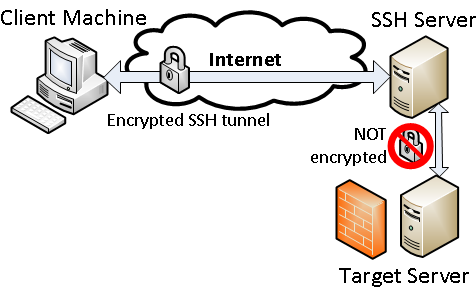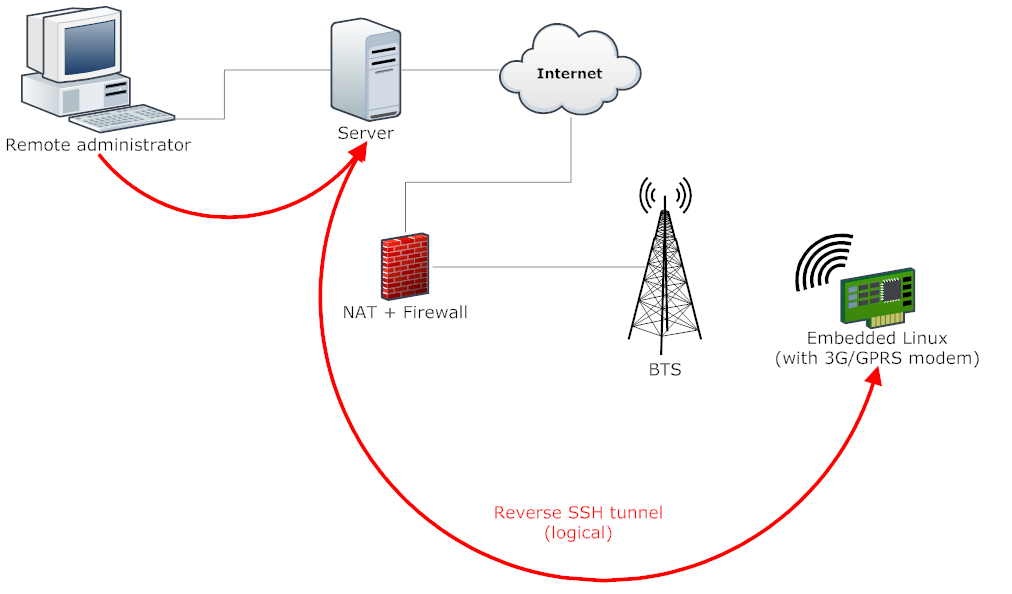
The -g option tells SSH to listen on all interfaces so other hosts on your network can connect to your forwarded port, or you can specify a local listen address at the start of the -L arguments, for example: ssh -L 192.168.0.1:8080:10.0.0.10:8080 One thing to be aware of is that the connection from the remote SSH server to the target of the port forward (10.0.0.10 in this case) is performed using plain TCP, it is not secured by the SSH tunnel.īy default the local port is opened on the loopback address (127.0.0.1) of your local machine but you can override this behaviour using one of two methods. This approach can be extended to forward a port to another machine that lives behind the remote server, for example: ssh -L 8080:10.0.0.10:8080 this case SSH still listens on port 8080 on your local machine but instead of forwarding the connections to the remote server’s loopback address they are now forwarded on to another machine on the server’s network.

Multiple -L options can be supplied on the command line if you need to forward more than one port at a time. If the remote machine is running a web server on port 8080 then we can access it by going to in a browser on our local machine. The remote address is relative to the remote server so in our case the connection will be forwarded to 127.0.0.1:8080 on the SSH server itself. your laptop) and forward any connections on that port to the remote server’s port 8080. So the command above says to listen on port 8080 on the local machine where the SSH client is running (e.g. The -L option takes one argument split into 3 sections: local_port:remote_address:remote_port This simplest form is to use the -L option when opening an SSH session, for example: ssh -L 8080:127.0.0.1:8080 break down what that actually means. This can be used to create a secure tunnel for any service that works over TCP, common examples being HTTP services and databases. One of the most useful features of SSH is that it not only creates a secure connection between you and a remote server but it also allows you to forward TCP connections over the same secure link as your shell access. This article assumes that you are already familiar with using SSH to login to machines but there are more features outlined here that you may not be aware of. In the world of server administration, SSH is the de-facto standard tool for securely logging into servers and getting command-line access but with a bit of imagination, there is much more you can do with it. Contact us today for more information or to learn more about each of our services. We provide consulting and managed services on a wide variety of technologies.

Use ssh tunnel how to#
If you would like to know more about how to implement modern data and cloud technologies into your business, we at Digitalis do it all: from the cloud and Kubernetes migrations to fully managed services, we can help you modernize your operations, data, and applications - on-premises, in the cloud and hybrid.

Something that is often not understood or remembered - hopefully you find it helpful. This blog describes different approaches to SSH tunnelling along with practical examples.


 0 kommentar(er)
0 kommentar(er)
